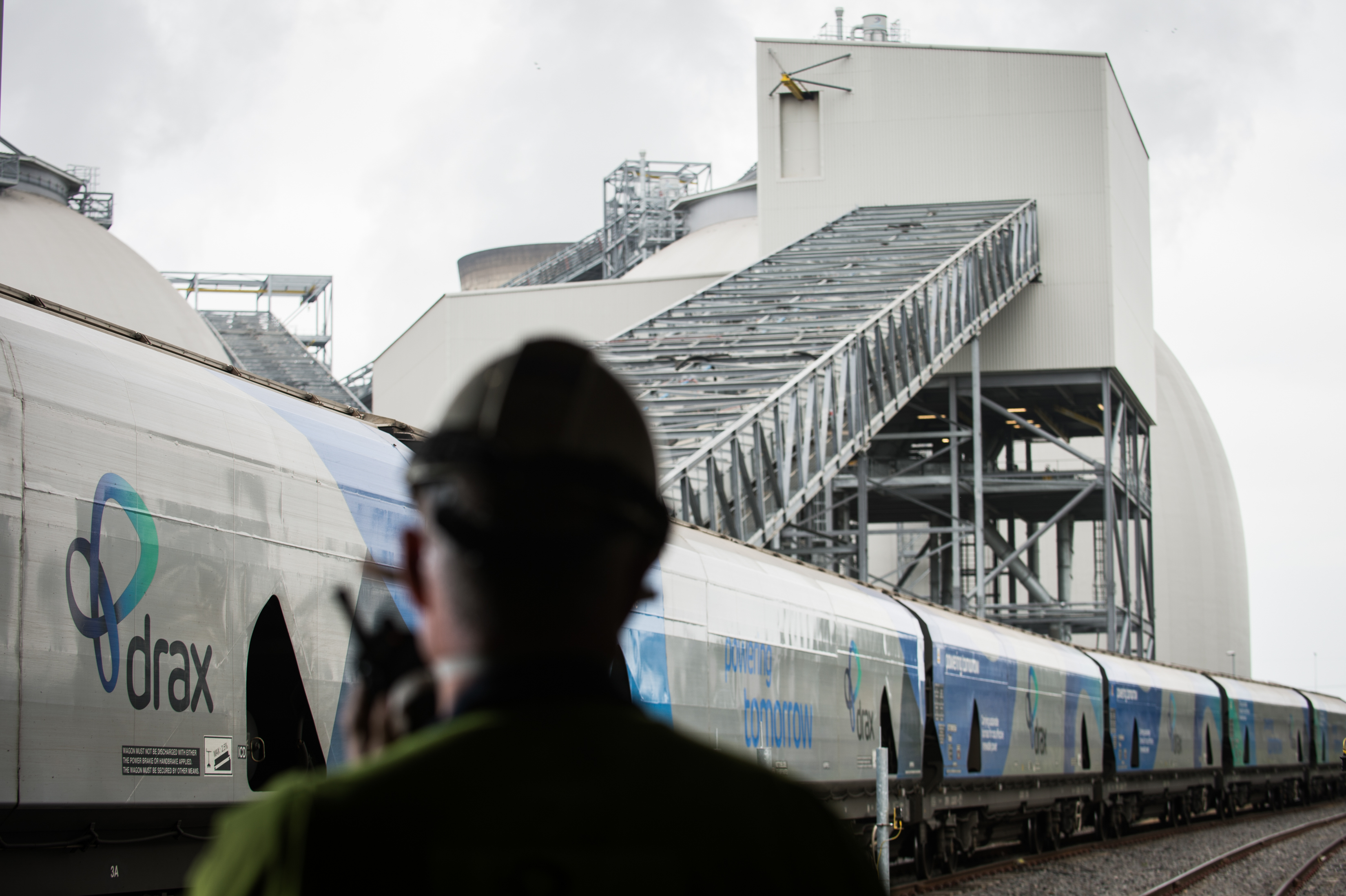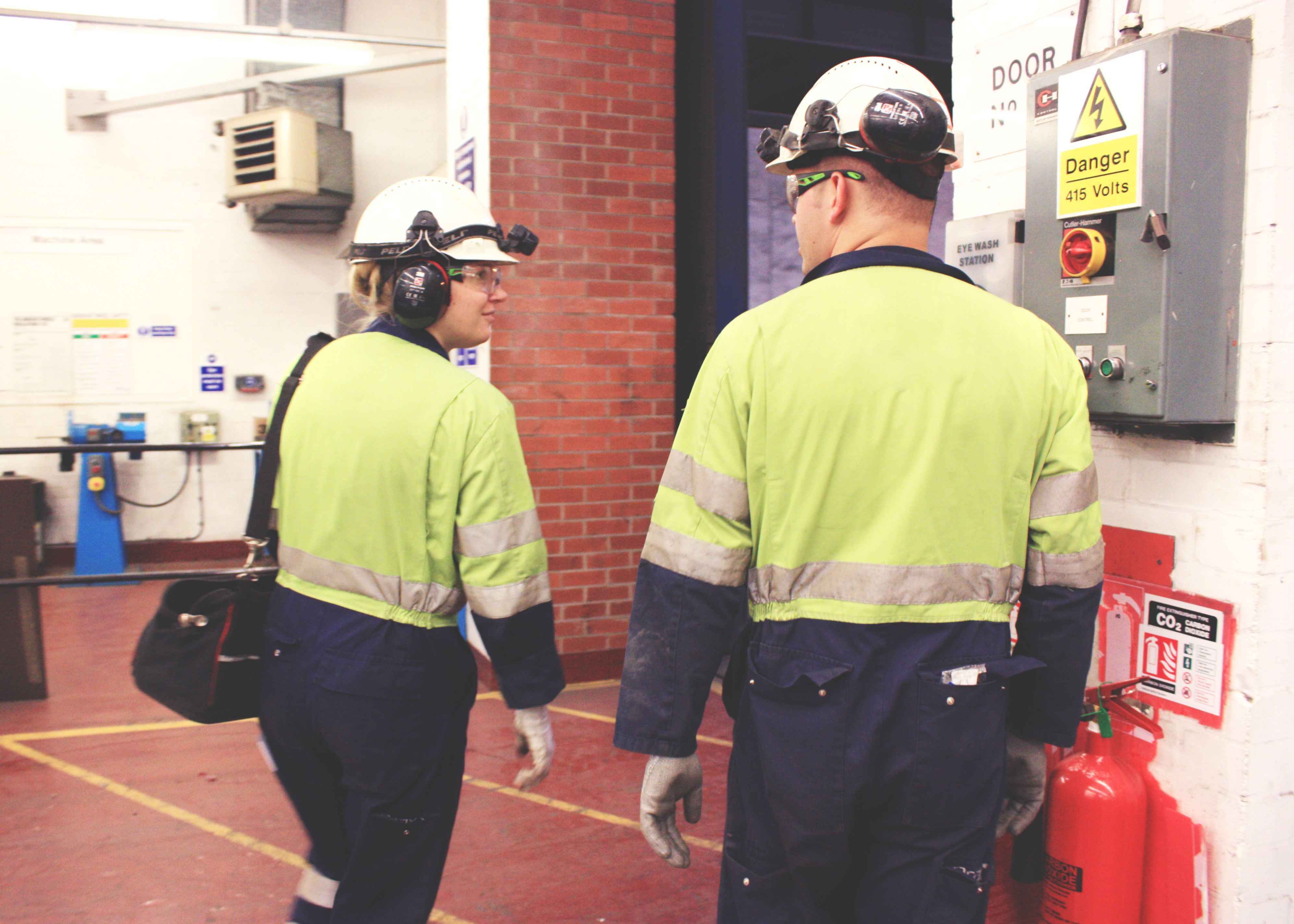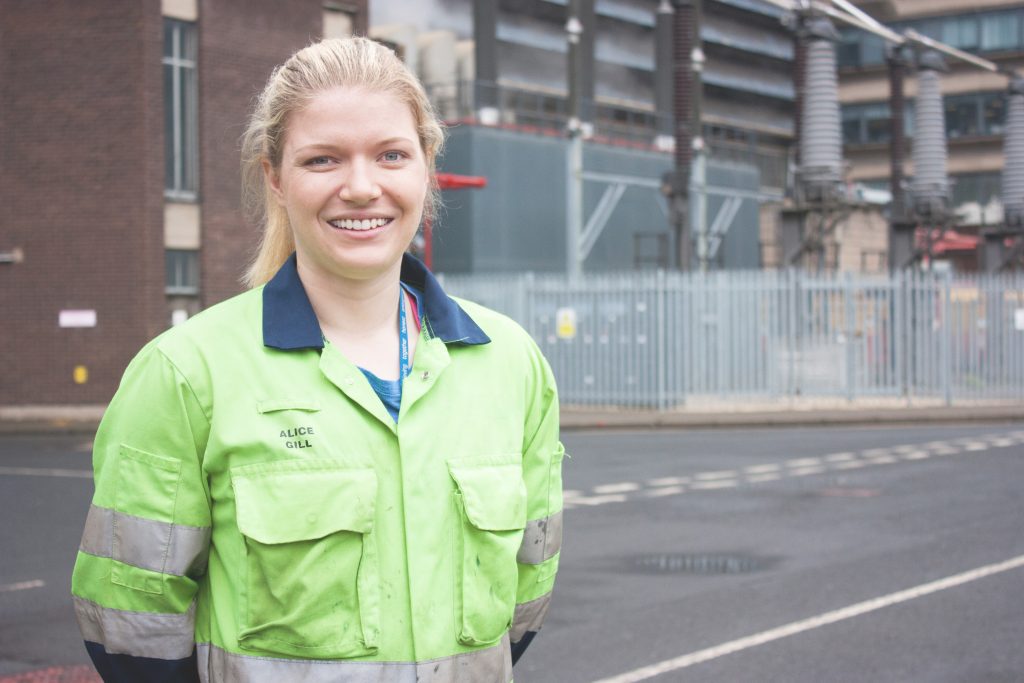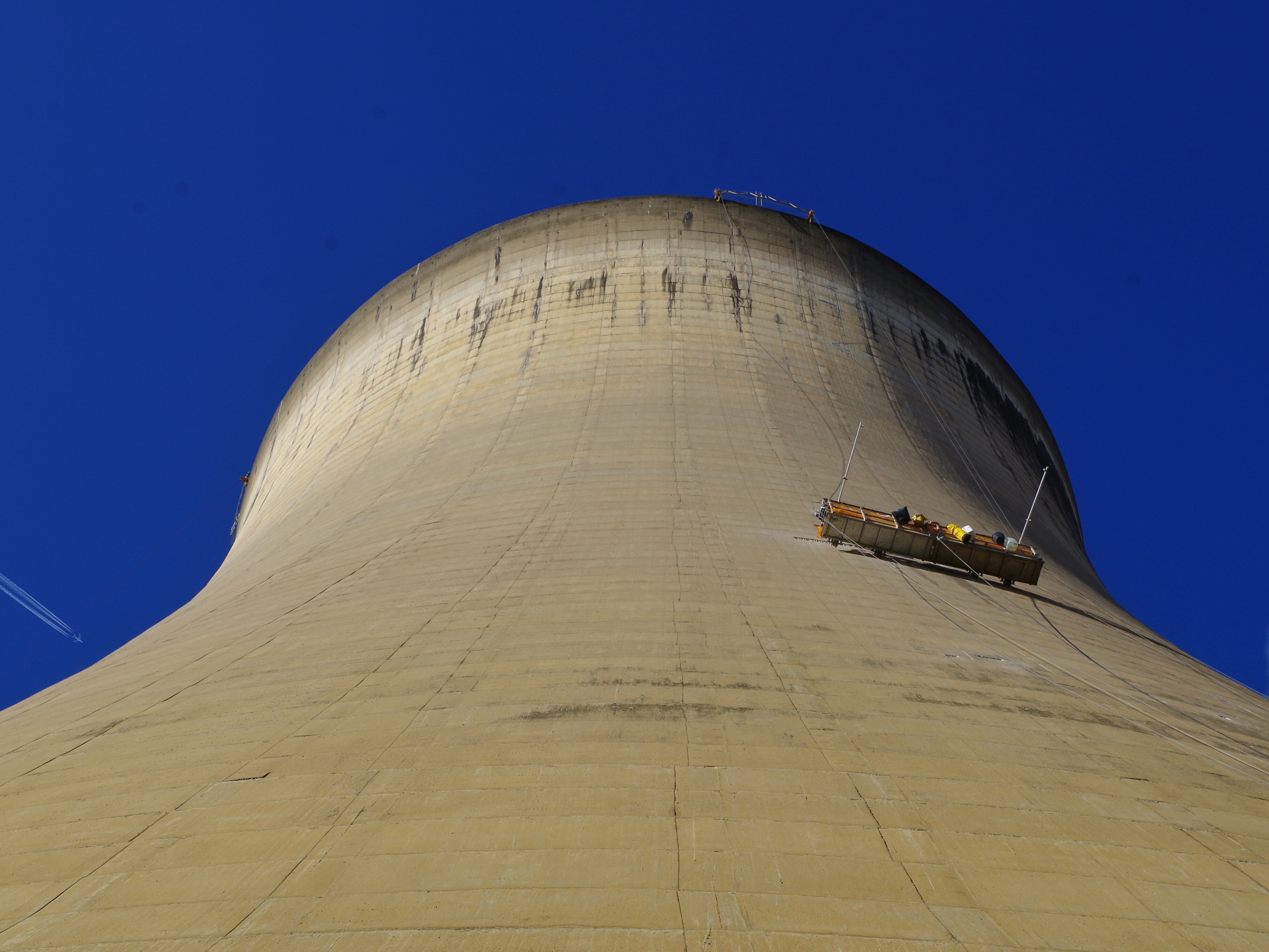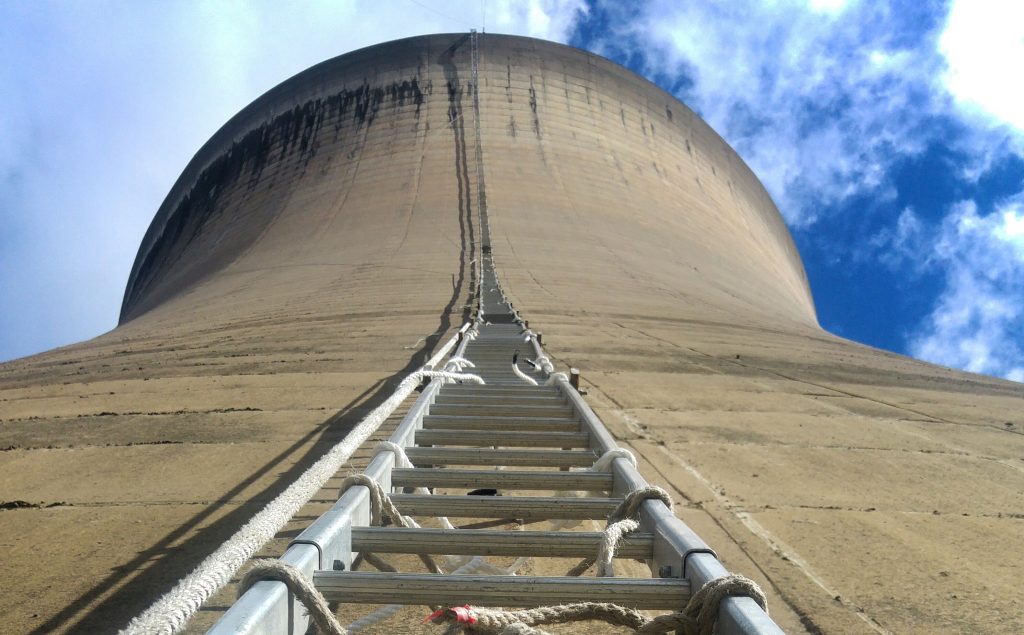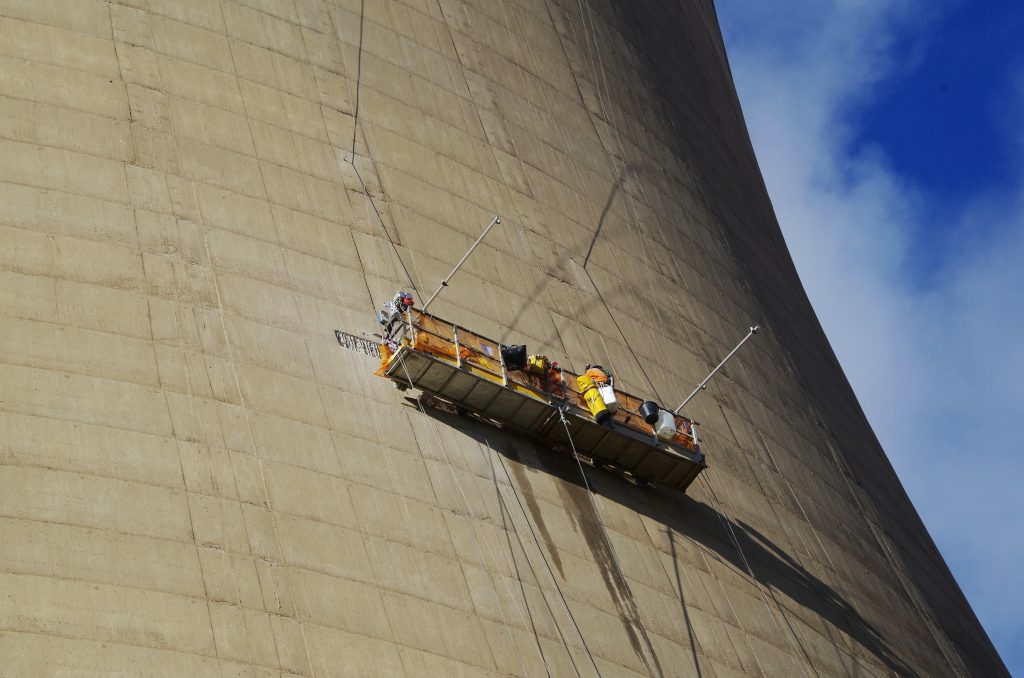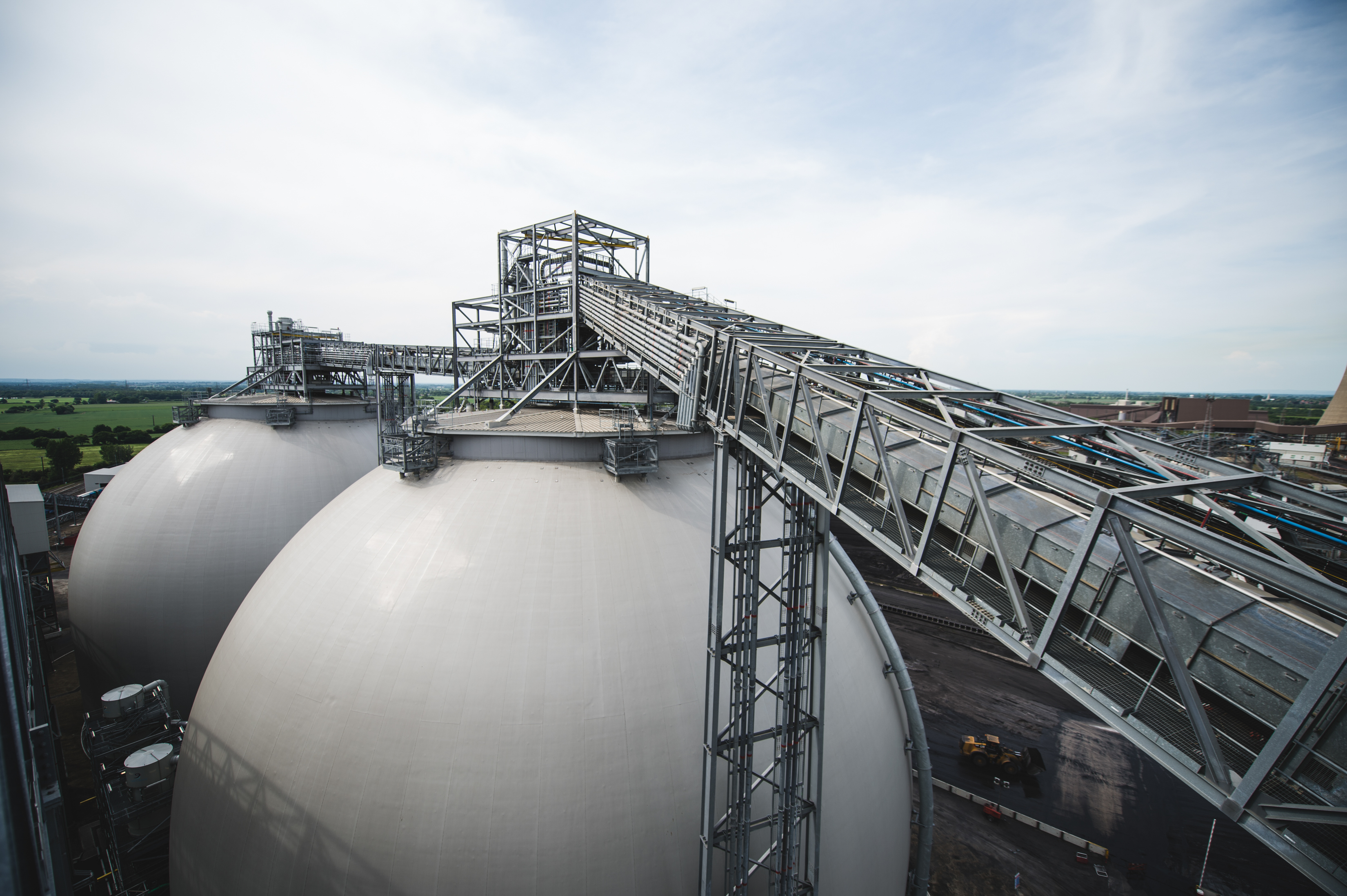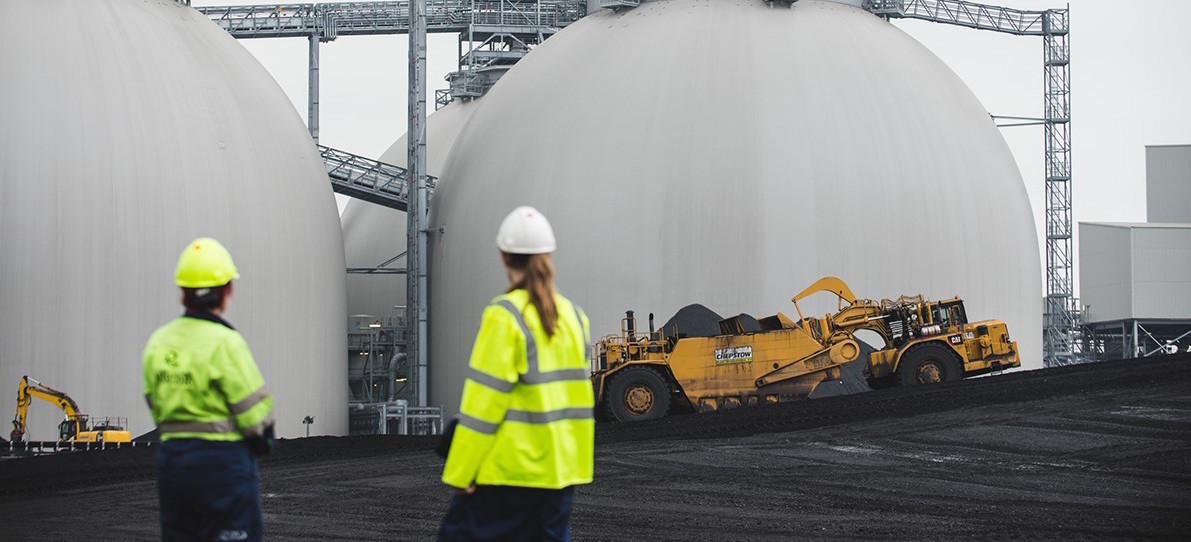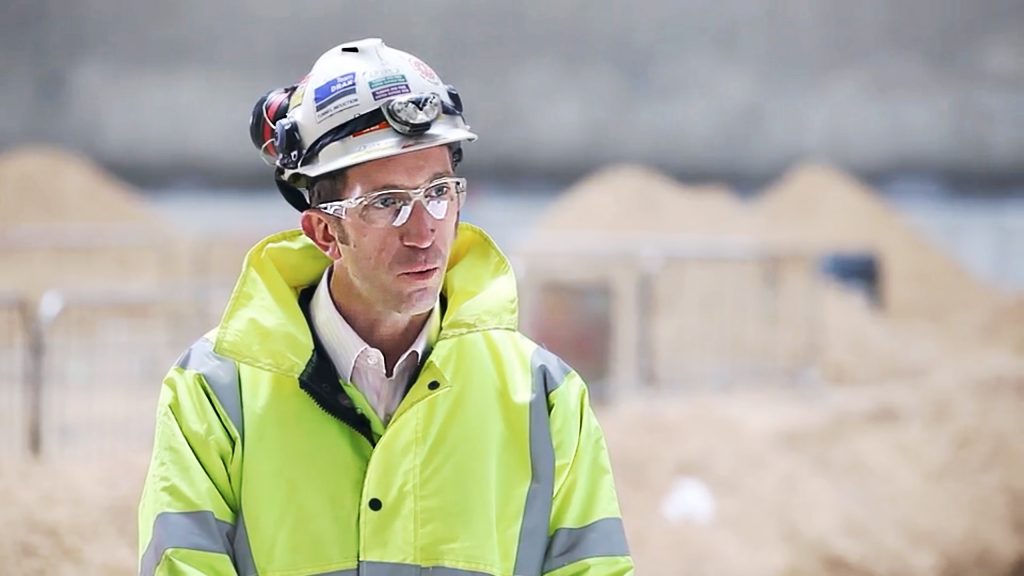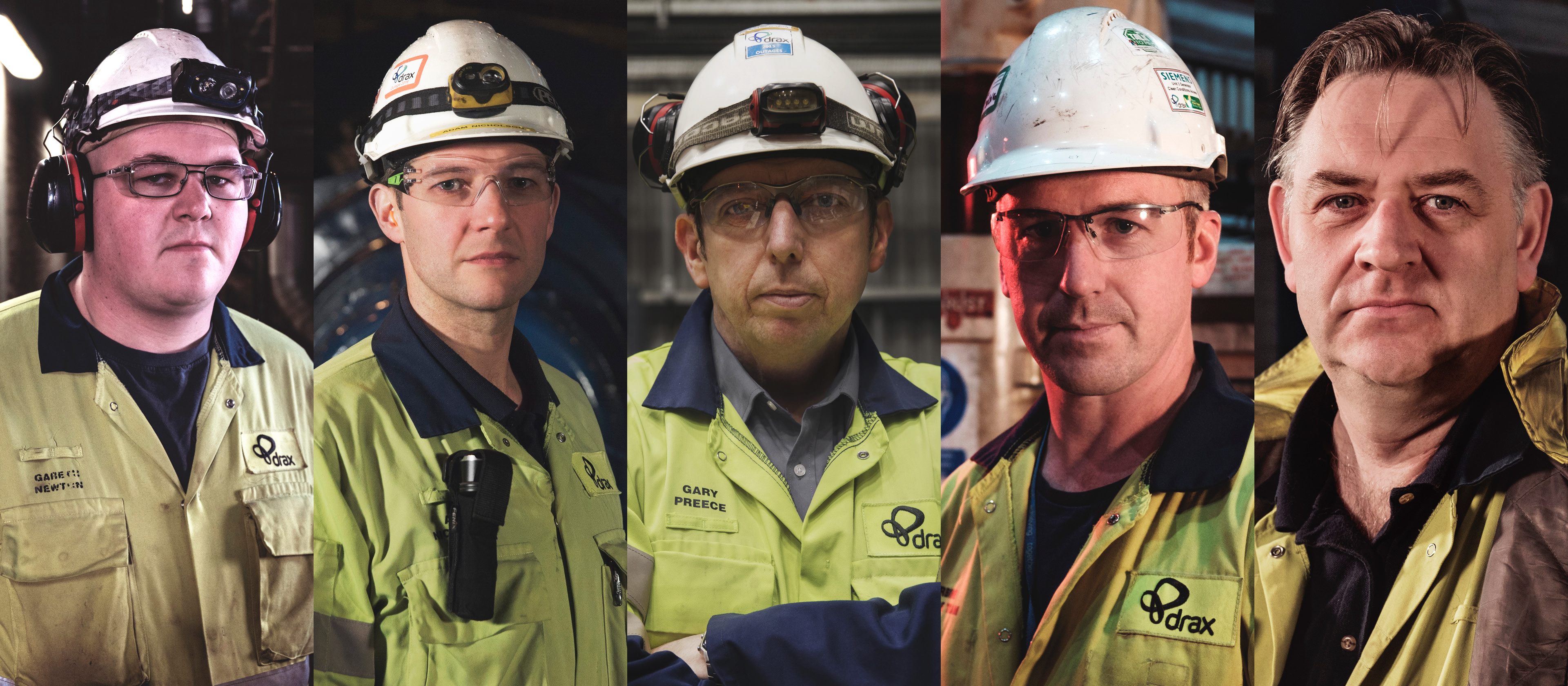
Producing 16% of Great Britain’s renewable power requires innovative people with the right mix of skills, experience and determination. Running the country’s biggest power station is a team effort – but it’s worth taking a moment to hear from the individuals at the top of their game. Meet Luke Varley, Adam Nicholson, Gareth Newton, Andrew Storr and Gary Preece.
Getting more from less
There are few things in a power station as integral to generating electricity as the turbines. Making sure they run efficiently at Drax is down to Luke Varley and his team.

Varley is the lead engineer in the turbine section at Drax Power Station. His team who look after what’s arguably the heart of the plant: the steam turbines that drive electricity generation. As well as managing day-to-day maintenance, the engineers and craftspeople within TSG deliver the major overhaul activities on the turbines to keep them running efficiently and safely.
The problem solver
How do you convert a power station built for one fuel to run on another? It takes engineers with out-of-the-box thinking like Adam Nicholson.
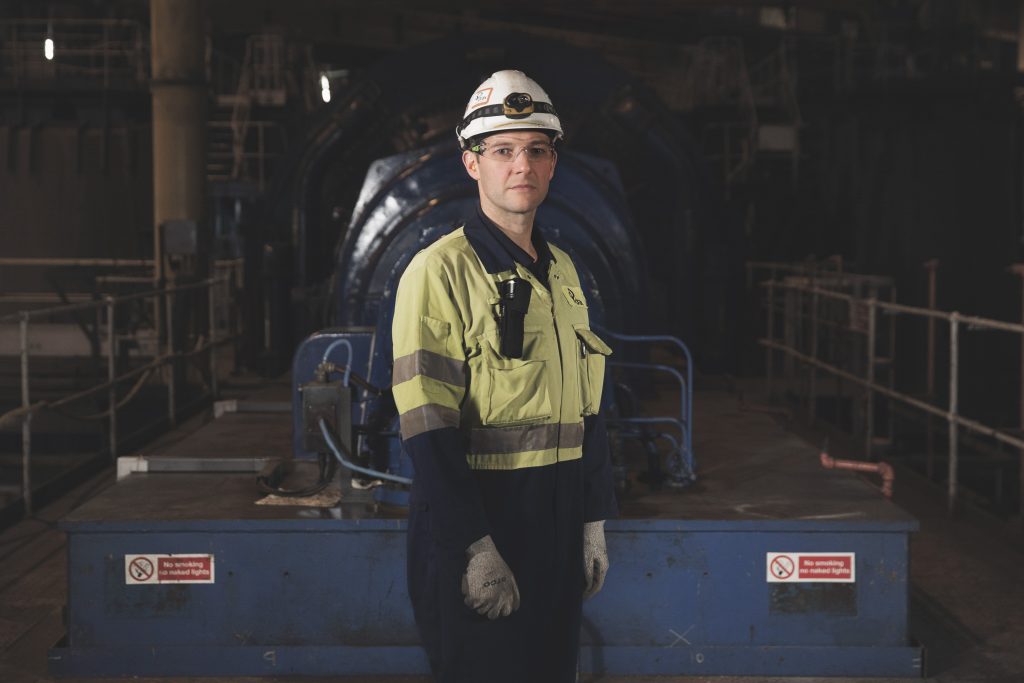
Nicholson is Process Performance Section Head at Drax Power Station. He has an eagerness to find solutions. That makes him the ideal candidate for his current job: managing day-to-day improvements at Drax.
His team makes sure the turbines, boiler, emissions, combustion, and mills are not just working, but running as smoothly as possible. It’s a job that brings up constant challenges.
Taming the electric beast
To keep a site as big and complex as Drax Power Station running, you need to be ready to mend a few faults. That’s where Gareth Newton comes in.
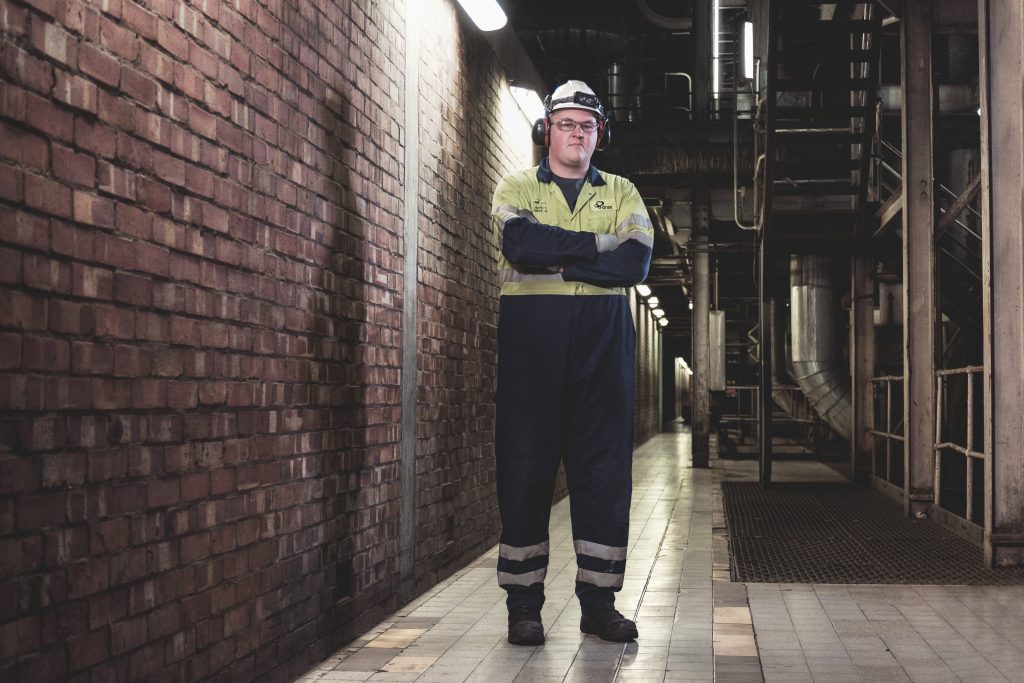
As a mechanical engineer in one of the power station’s maintenance teams, he’s a man with a closer eye on that animal than most.
And when something does need fixing or improving, it’s his job to make sure it happens. It’s a task that keeps him busy.
The toolmaster
What do you do when a piece of equipment in the UK’s largest power station breaks down? More often than not, the answer is send it to Andrew Storr’s workshop.
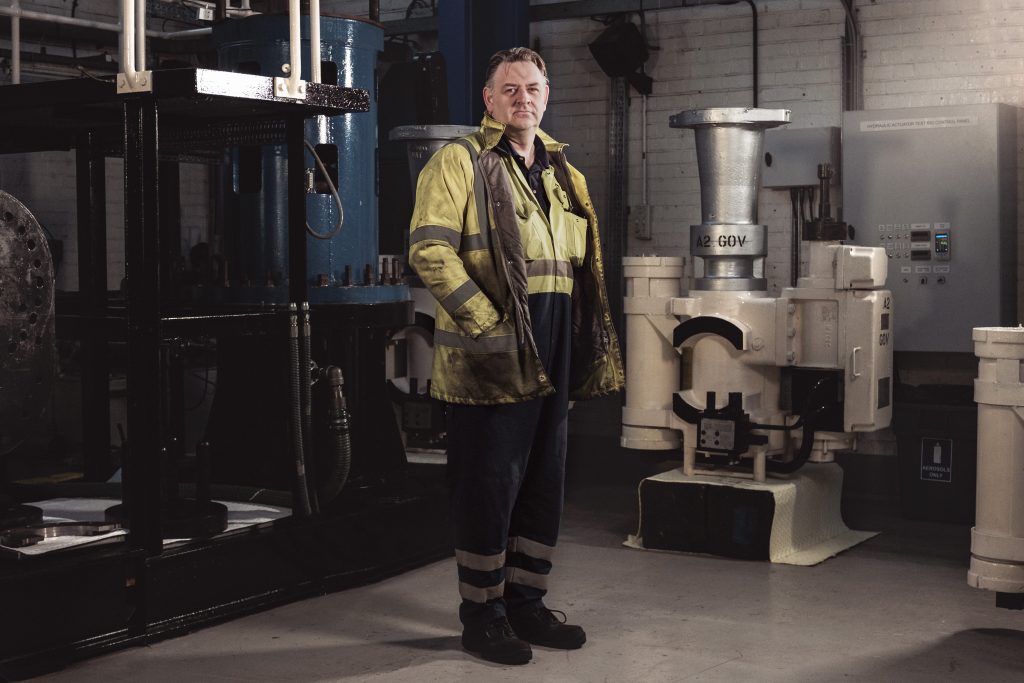
Before Drax Power Station was a part of Andrew Storr’s career, it was a part of his local environment.
Today, Storr does more than strip the turbines, he’s part of the engineering team that oversees them – a job that needs to be taken seriously.
The life of an electrical engineer
Unsurprisingly, running the country’s biggest single site electricity generator requires top-class electrical engineers. That’s where Gary Preece comes in.
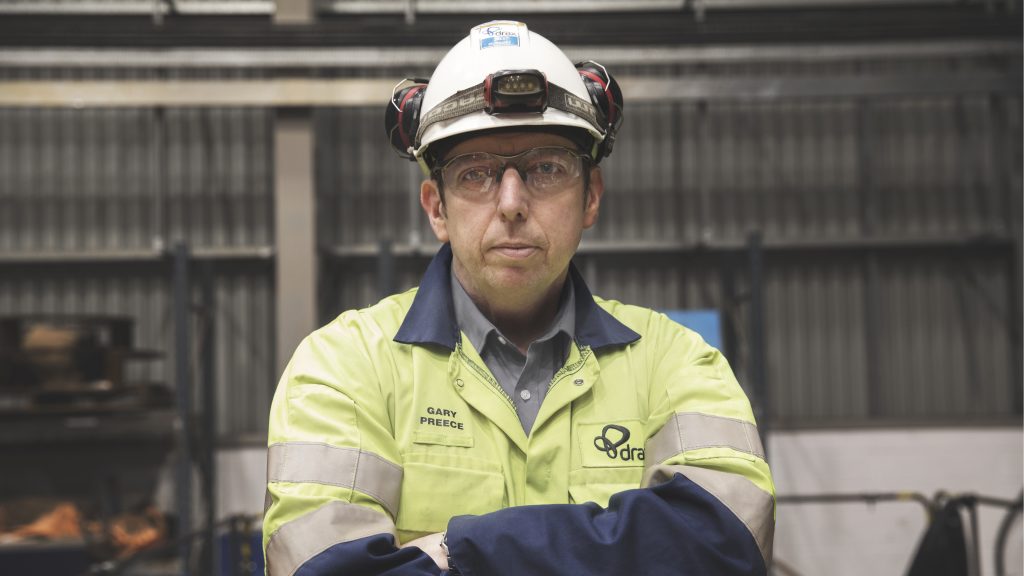
A station like Drax doesn’t run itself. Its six turbines generate nearly 4,000 megawatts (MW) of power when operating at full load. Unsurprisingly, for a site that produces 7% of Britain’s electricity needs, the role of an electrical engineer is an important one – both when managing how power is connected to the high-voltage electricity transmission grid, and how the giant electrical machines generating the energy work.







